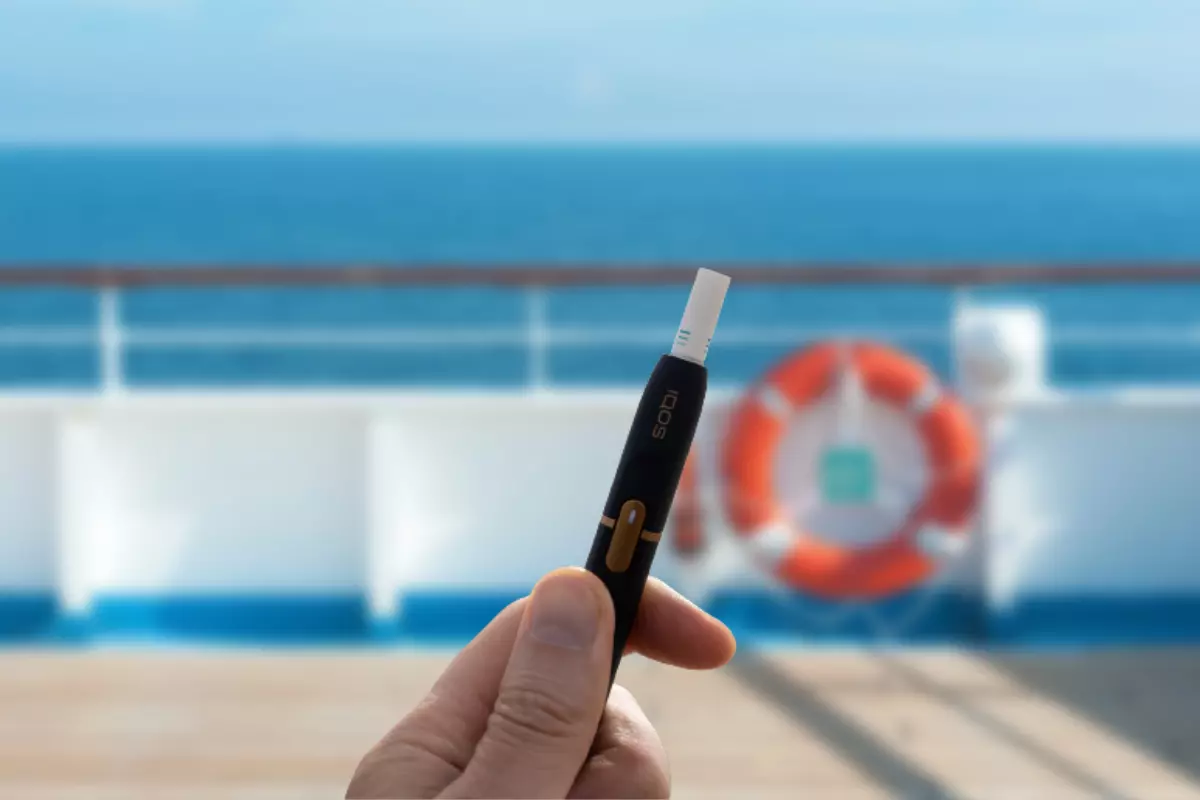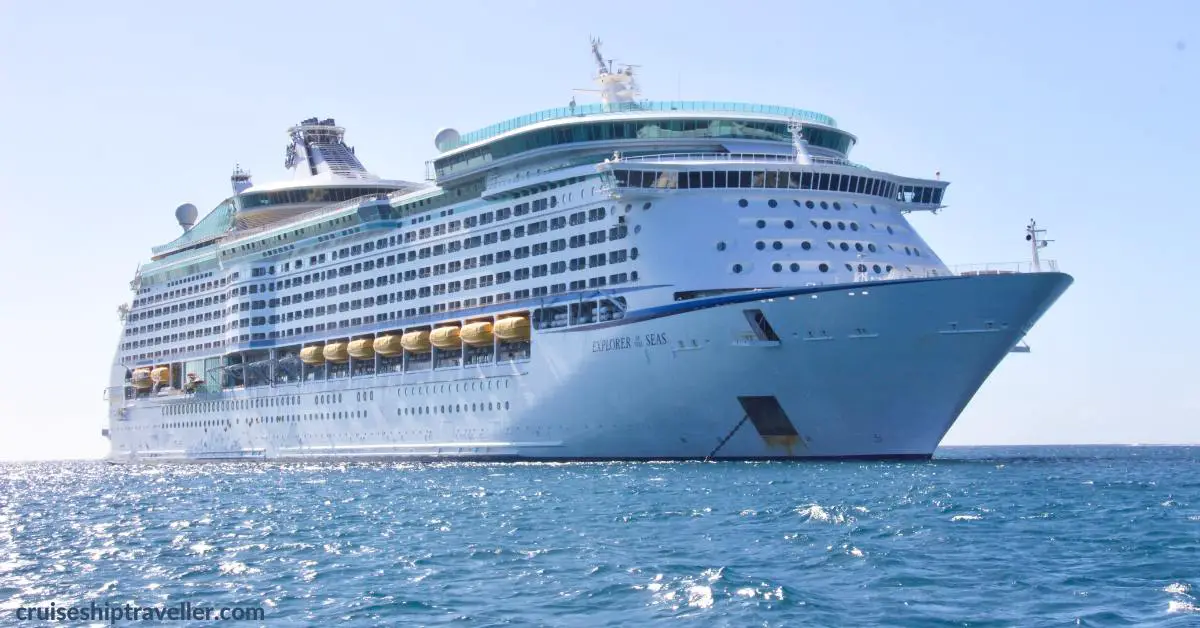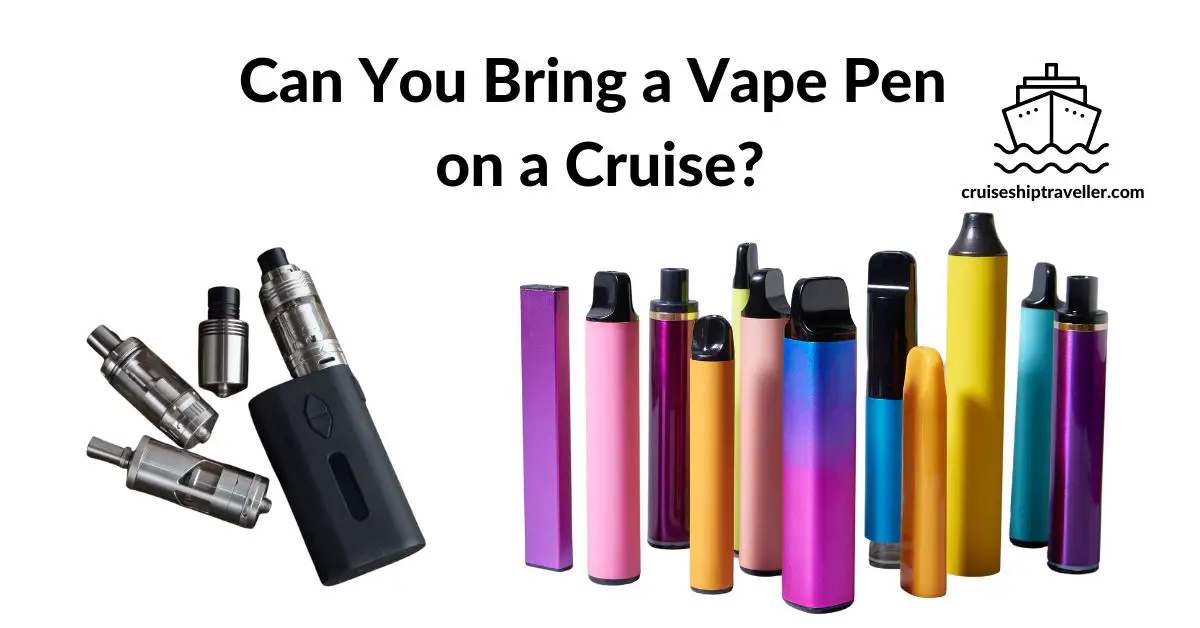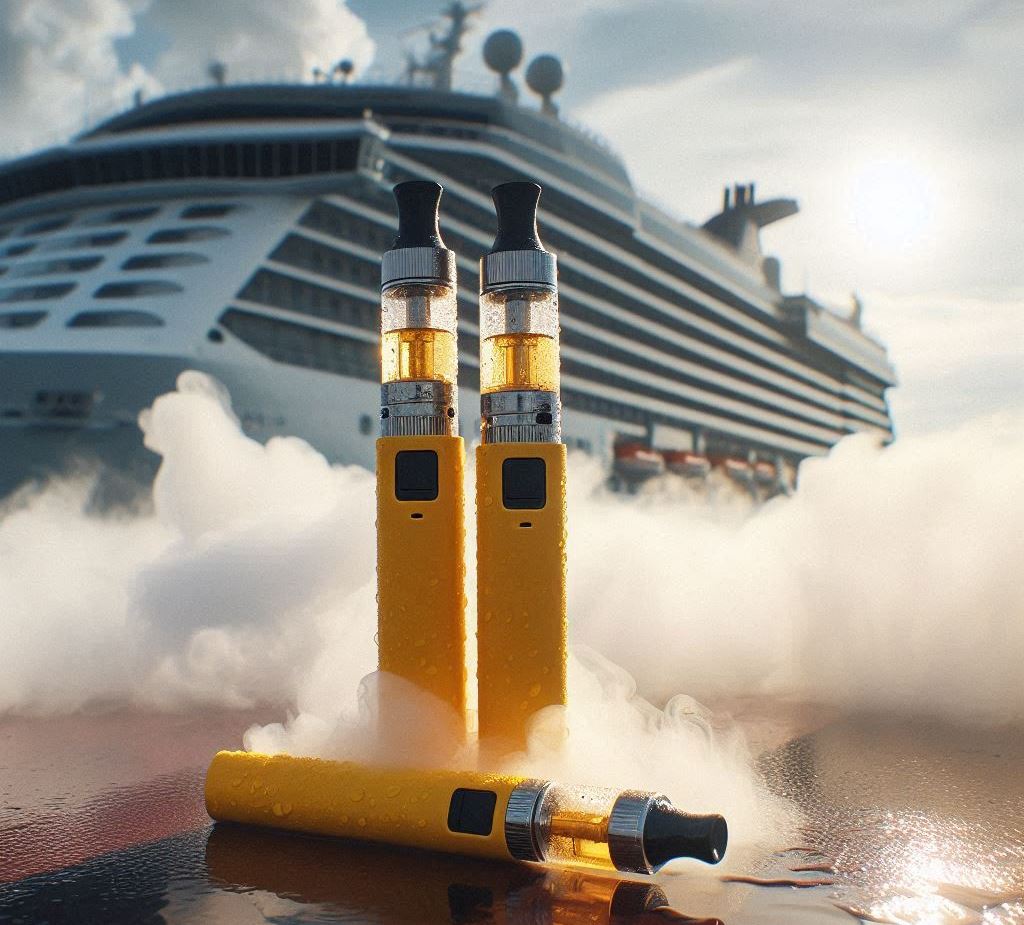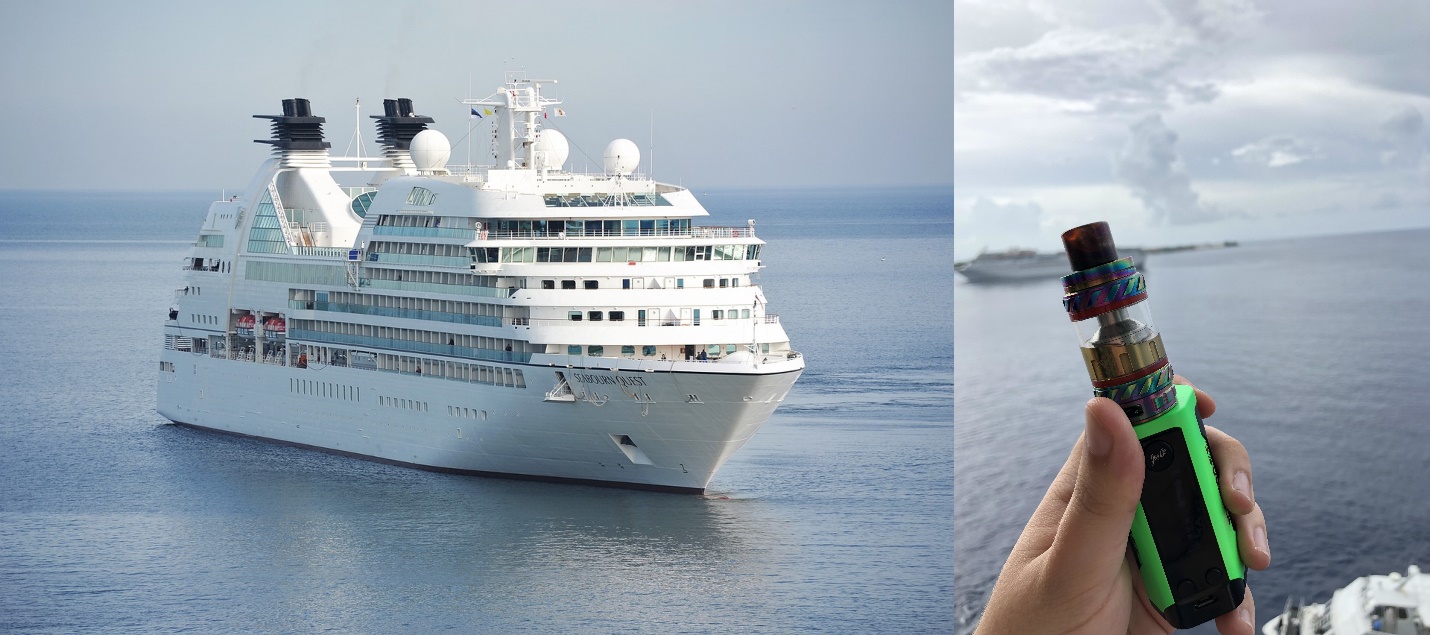Can You Vape On A Cruise Ship

The allure of a cruise vacation – sun-drenched decks, exotic destinations, and all-inclusive amenities – can quickly turn into a source of confusion and frustration for vaping enthusiasts. While the world adapts to evolving attitudes towards vaping, cruise lines are grappling with establishing clear and consistent policies regarding electronic cigarettes. The rules, often buried in lengthy terms and conditions, can be surprisingly strict, leading to hefty fines and even disembarkation for those who unknowingly violate them.
This article delves into the complex and often contradictory world of vaping policies on cruise ships. It examines the specific regulations of major cruise lines, the rationale behind these rules, and the potential consequences for passengers who disregard them. We'll also explore the challenges of enforcement and the evolving landscape of vaping regulations within the cruise industry.
Navigating the Vaping Maze: Cruise Line Policies
Each cruise line operates under its own distinct set of rules regarding vaping. Some lines, such as Carnival Cruise Line, permit vaping only in designated outdoor smoking areas.
These areas are usually limited, often located on specific decks and away from heavily trafficked areas like pools or dining venues. Royal Caribbean follows a similar approach, restricting vaping to designated outdoor zones.
Norwegian Cruise Line (NCL), in contrast, takes a slightly stricter stance. They prohibit vaping in cabins and balconies, limiting it solely to designated outdoor smoking areas, or specifically designated cigar bars.
Luxury lines like Viking Ocean Cruises generally prohibit vaping indoors and on balconies. While they allow smoking and vaping in designated outdoor areas, the specific locations can vary depending on the ship and itinerary.
These policies are often subject to change, making it crucial for passengers to verify the latest regulations directly with the cruise line before embarking. Failure to comply can lead to serious consequences.
The Rationale Behind the Restrictions
Cruise lines cite several reasons for implementing vaping restrictions. The primary concern revolves around the safety and comfort of all passengers, including those who are non-smokers and those sensitive to vapor.
Vaping, like smoking, can produce a noticeable odor that can be disruptive or offensive to others. Concerns about the potential fire hazard posed by e-cigarette batteries and the presence of nicotine-containing liquids also contribute to the restrictive policies.
Moreover, cruise lines must comply with the varying regulations of different ports of call. Some destinations have strict laws regarding the sale and use of e-cigarettes, influencing the cruise line's overarching policy.
"Our policies are designed to ensure a comfortable and enjoyable experience for all guests," states a Carnival Cruise Line spokesperson. "We strive to balance the needs of smokers and vapers with the preferences of non-smokers."
Consequences of Non-Compliance
The penalties for violating a cruise line's vaping policy can range from warnings to more severe measures. A first offense may result in a verbal warning from a crew member.
However, repeated violations can lead to fines, confiscation of e-cigarettes and vaping devices, and even disembarkation at the next port of call. Disembarkation can be a costly and disruptive experience.
Passengers are responsible for their own transportation and accommodation arrangements after being removed from the ship. In some cases, individuals may also face legal repercussions depending on the laws of the country where they are disembarked.
It's essential to remember that cruise contracts often grant the cruise line broad authority to enforce its policies and remove passengers who violate them.
Challenges of Enforcement and Passenger Awareness
Enforcing vaping policies on a large cruise ship can be a considerable challenge. Cruise ships are vast, with numerous public areas and private cabins.
It is difficult for crew members to monitor all areas effectively, especially in enclosed spaces like bathrooms or cabins. Many passengers are also unaware of the specific vaping policies, leading to unintentional violations.
Cruise lines typically communicate their policies through various channels, including pre-cruise documentation, onboard announcements, and signage. However, these efforts are not always sufficient to ensure that all passengers are fully informed.
Clearer communication and more prominent signage, in addition to more training for staff on the cruise ships could greatly increase passenger compliance.
Looking Ahead: The Future of Vaping on Cruise Ships
The future of vaping policies on cruise ships remains uncertain. As vaping technology evolves and attitudes towards e-cigarettes continue to shift, cruise lines may adapt their regulations accordingly.
Some industry analysts predict a possible relaxation of restrictions in the future, particularly if newer vaping devices become less disruptive and pose fewer safety concerns. However, any changes are likely to be gradual and cautious.
For the foreseeable future, passengers should expect to encounter relatively strict vaping policies on most cruise lines. The onus remains on individuals to research and understand the specific regulations before setting sail, ensuring a smooth and enjoyable cruise experience without running afoul of the rules. Until then, a little preparation can save both a great deal of money, and a great deal of vacation time.
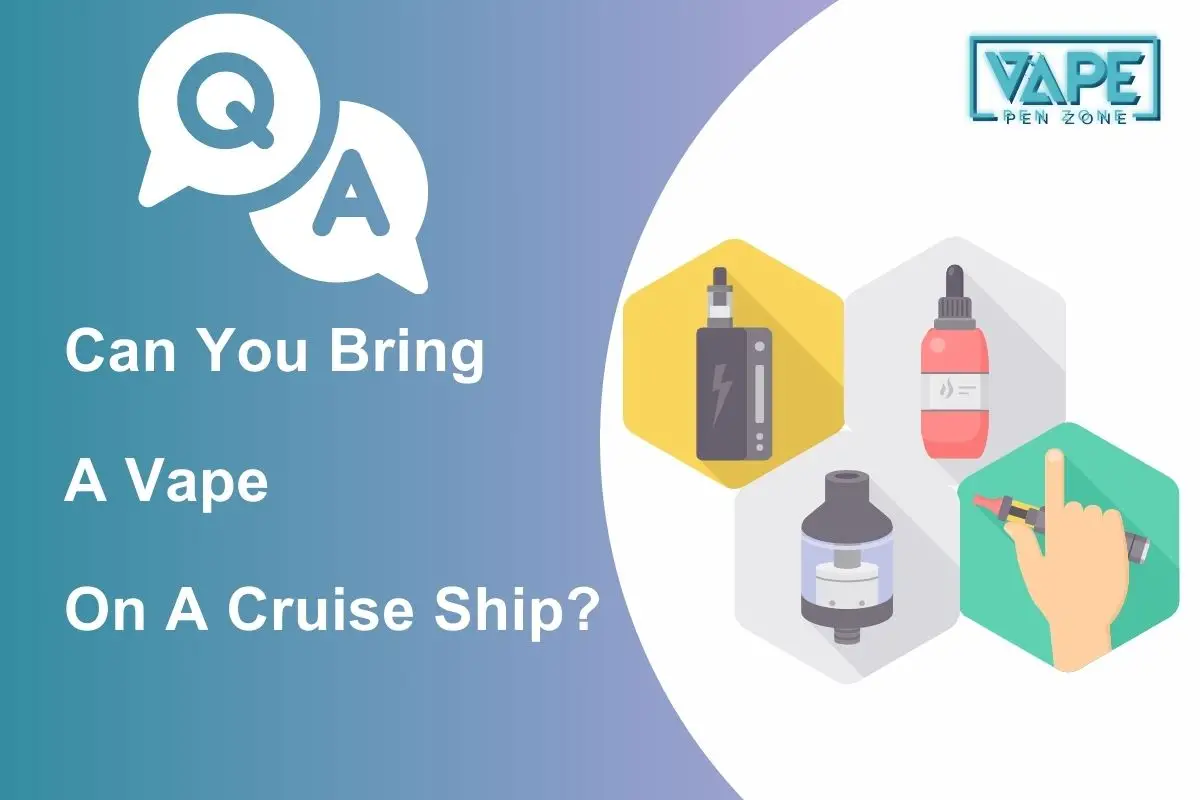
![Can You Vape On A Cruise Ship Can You Bring a Vape on a Cruise Ship? [2024 Guide] - Vapingnn.com](https://vapingnn.com/wp-content/uploads/2024/08/Can-You-Bring-a-Vape-on-a-Cruise-Ship-860x573.jpg)
